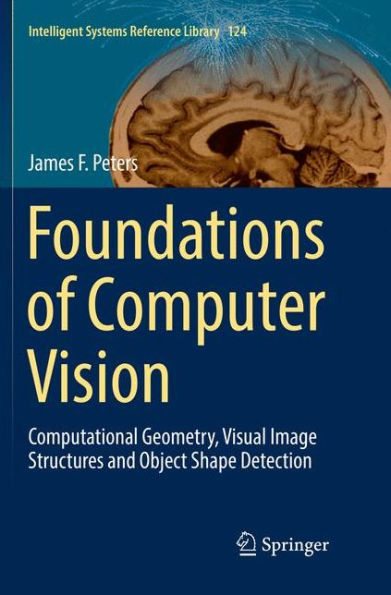The implementations of CV methods in Matlab and Mathematica, classification of chapter problems with the symbols (easily solved) and (challenging) and its extensive glossary of key words, examples and connections with the fabric of CV make the book an invaluable resource for advanced undergraduate and first year graduate students in Engineering, Computer Science or Applied Mathematics.
It offers insights into the design of CV experiments, inclusion of image processing methods in CV projects, as well as the reconstruction and interpretation of recorded natural scenes.
The implementations of CV methods in Matlab and Mathematica, classification of chapter problems with the symbols (easily solved) and (challenging) and its extensive glossary of key words, examples and connections with the fabric of CV make the book an invaluable resource for advanced undergraduate and first year graduate students in Engineering, Computer Science or Applied Mathematics.
It offers insights into the design of CV experiments, inclusion of image processing methods in CV projects, as well as the reconstruction and interpretation of recorded natural scenes.

Foundations of Computer Vision: Computational Geometry, Visual Image Structures and Object Shape Detection
431
Foundations of Computer Vision: Computational Geometry, Visual Image Structures and Object Shape Detection
431Paperback(Softcover reprint of the original 1st ed. 2017)

Product Details
| ISBN-13: | 9783319849126 |
|---|---|
| Publisher: | Springer International Publishing |
| Publication date: | 07/19/2018 |
| Series: | Intelligent Systems Reference Library , #124 |
| Edition description: | Softcover reprint of the original 1st ed. 2017 |
| Pages: | 431 |
| Product dimensions: | 6.10(w) x 9.25(h) x (d) |
